
It’s Monday afternoon and I’m walking home from a pilates class on a gorgeous summer day. The sky is hazy and the air is warm. The sun is just beginning to set, with rays of golden light streaming through buildings, shadows contrasting softly against them. I turn around to face the sun as a cyclist rides towards me in the distance, no cars on the road, just an outline of a silhouette. I pull out my camera excitedly – the stage is set for an absolutely perfect photo.
______
Since I started getting more serious about photography a few years ago, this has become my life now – every time I open my eyes, I am constantly aware of the light and shadows and composition of the things that surround me. I’ve trained my eye to recognize moments and settings that could be perfectly captured by a lens. Table vignettes, people, landscapes, you name it.
But that wasn’t always the case. When I first started using a DSLR, I had NO IDEA what the hell I was doing. I didn’t know the camera settings, I knew nothing about composition, and a lot of my photos were entirely out-of-focus. And that’s really how most people start. The thing with photography is that you can only get better with time and practice. So that’s what I did – I kept on trying, kept on failing, and eventually started succeeding.
___________
___________
And now that I share my photos on Instagram, photography is one of the questions I get asked the most about – what camera I use, how I edit my photos, what settings I use in different light. So my friends, I thought it was time to share a post on some of the most important lessons I’ve learned about photography.
Heads up that this is more of a high level look at some of the strategies and lessons I’ve adopted, but if you’re starting out and want to know about your camera settings and all the technical nitty gritty, I highly recommend taking a course or two on Skillshare to acquaint yourself with stuff like ISO, aperture and shutter speed (it’s membership based, so you can take however many courses you like – it’s legit awesome).

___________
My camera gear
Before I get started, let me just say that the best camera you have is the one you have on you (not my quote, but it holds true). I’ve been using a DSLR for 8 years now and am on my 4th upgrade, but you don’t necessarily need what I use to take shit-hot photos – photography is about your eye for your subject and capturing a moment. You can take incredible snaps on your phone or point-and-shoot if you train your eye to recognize what components make up a great photo.
That being said, I do this for a living, so I’m a bit of a nerd about cameras and lenses and creating the best possible light. I currently use:
- Canon 5D Mark iii camera body – it’s one of the best you can get, but it ain’t cheap. It has a full frame sensor, shoots really well in low light (ISO of 25600) and has a quick shutter speed. The 6D is Canon’s other full frame camera body, but is a great alternative and is significantly less expensive.
- Canon 50mm f/1.4 lens – known as the ‘nifty fifty’, this is a fixed lens, meaning it doesn’t zoom. It’s an excellent lens for portraits or close-up food photography, and with a wide aperture, can create that blurred background that everyone froths over.
- Canon 24-70mm f/2.8 lens – this is my favourite ‘every job’ lens… it’s crisp, clear and produces beautiful photos. Just a beaut. That being said, it was almost the same price as my camera body and the same weight too, so a bit of an investment.
If I can recommend one thing when you’re buying a camera, it’s this – spend your money on a good lens. Your body will dictate things like ISO and shutter speed, both of which are important, but the lens is what will make your photos crisp AF. You really can tell the difference between a good lens and a shitty one.
_____________

___________
7 Ways to take Better Photos
___________
Take your camera everywhere. If you want to become a better photographer, you need to actually take photos – it’s as simple as that. Instead of sitting at home studying what everyone on Instagram is doing, take a walk and take your camera with you, looking for interesting subjects and shooting in different light. Take it to events, lunches with friends, family holidays. Shoot landscapes, people and inanimate objects. Shoot the same thing at different angles. You’ll not only train your eye on composition and style, but you’ll also get comfortable with adjusting your camera settings on the fly. Good photography is like, 20% camera gear and 80% the person taking the photo – practice, practice, PRACTICE.



___________
Light is EVERYTHING. But actually. Understanding light and how your camera reacts to and captures it is one of the most fundamental parts of photography. I cringe when it’s a super sunny day and someone says “It’s a great day to take some photos!” Um bish, no it’s not – this is my nightmare. I’ve come to love hazy or overcast days where there’s less shadow or harsh glare. And if I do want a bit of shadow or silhouette, I shoot in the early morning or late afternoon for those golden hour shots with soft shadows and sun flares. Oh and unless you’re trained in flash…. stick to natural light ALWAYS.
When it comes to your camera settings, it’s also important to know that whenever you adjust your ISO, shutter speed or aperture, it also changes your exposure. Another reason to take a Skillshare class to understand this trifecta (and no, I’m not sponsored by them – they’re just such an awesome resource).
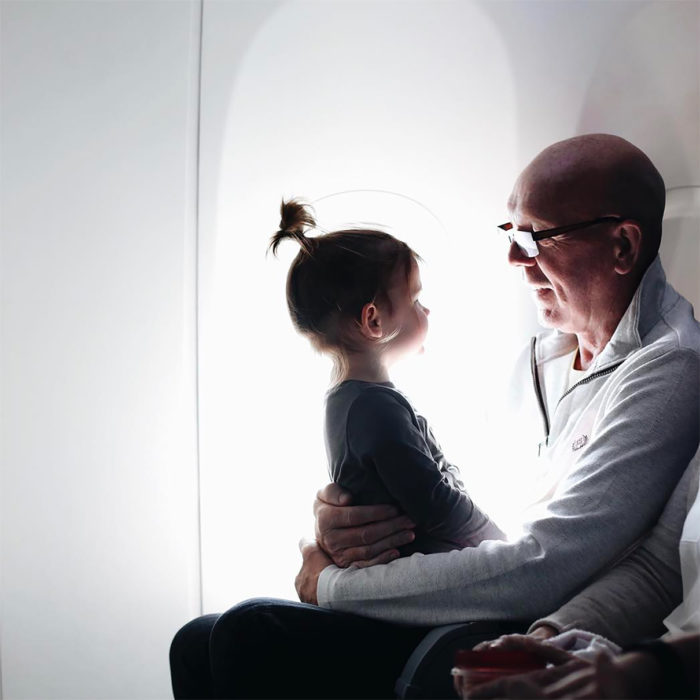

___________
Shoot on continuous shutter. There’s nothing worse than shooting a candid moment only to discover that your subject’s eye was closed or you only caught the tail-end of the moment. This used to happen to me all the time until my friend Alexa borrowed my camera to shoot something and changed the settings to a continuous shutter. Having the camera shoot in quick bursts rather than having to refocus itself every time allows you to capture movement in fragments of a second and have a number of images to choose from.


___________
Candids make for the best photos. Unless you’re Annie Leibovitz, or you’re shooting a trained model who knows how to rock a photo, posed photos often come off cheesy and stiff (and no one wants their Instagram to look like a ’90s Sears catalogue). The best photographs capture moments and emotions and they tell a story. So another thing I learned from watching Alexa shoot is to take yourself out of the situation – don’t let the camera be the focus of attention. Once people forget you’re there (or don’t know you’re there – sneaky sneaky), you’ll be able to capture them just being – real emotion on their faces, natural movements and a variety of poses.

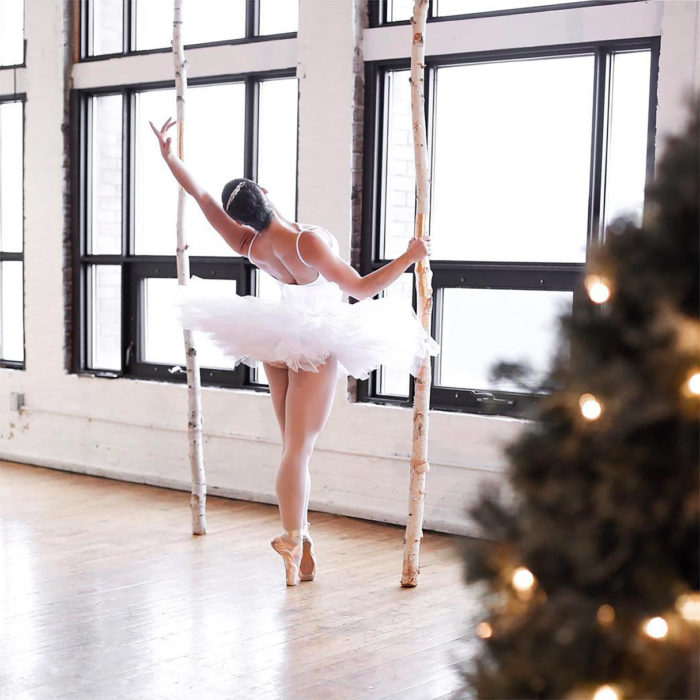
___________
When in doubt, make people laugh. Here’s something you’ll quickly learn when shooting portraits – for the most part, people are NOT comfortable in front of the camera. As soon as you pull that sucker out, they become self-aware, don’t know where to put their hands and tense their mouth. Since I do a lot of profiles and features on other people, I’ve learned that in order to loosen them up, say something from behind the camera that you know will make them laugh or lose their concentration so you can capture them in a genuinely natural moment. That’s when you’ll get the money shot (cha-ching!).
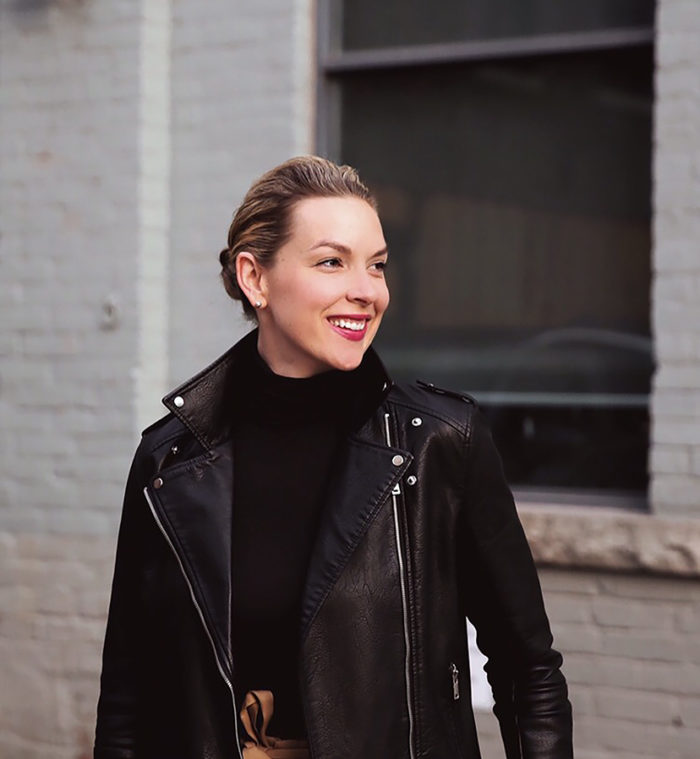

___________
Don’t be afraid to shoot in manual. When I first started using a DSLR, I took a few shots in manual mode, went ‘meh, not for me’, and stuck to the other more automated settings. A lot of beginner photographers like myself at the time tend to rely on aperture priority (Av/A) or shutter priority (Tv/S) when they start out, but it’s when I started shooting in manual that I really began to understand my camera and how it could produce the best possible photos. The manual setting is all about trial and error, but it’s really the best way to learn how ISO, aperture and shutter speed all work together. Once you have those three things down, you have the flexibility and creativity to make your shot look exactly the way you want it to. And trust me… you will fuck up – but again, it’s all about practice, practice, practice.
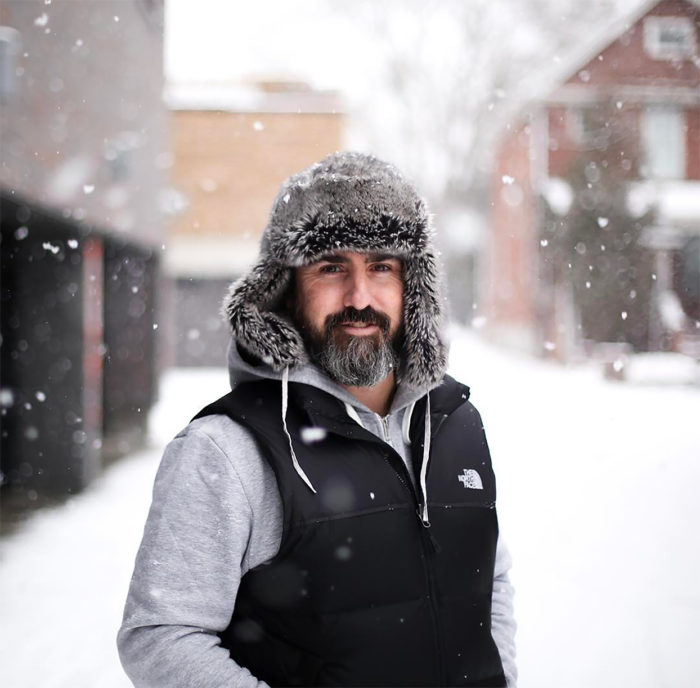

___________
Create a style, but don’t let it limit you. When I first started This Renegade Love, every photo I posted online had to be super contrasted, monochrome, contain not an inch of shadow, and fit into a square for Instagram. It was part of my brand and part of the aesthetic I wanted to put out into the world. And then as photography grew as a hobby for me, I realized that by putting these constraints on myself, I was holding myself back creatively. So I dropped the square bullshit, and started shooting whatever I wanted, integrated more colour and depth, and fell in love with shadow play. Since then, I’ve developed a style that is diverse and varied, but is still uniquely me.

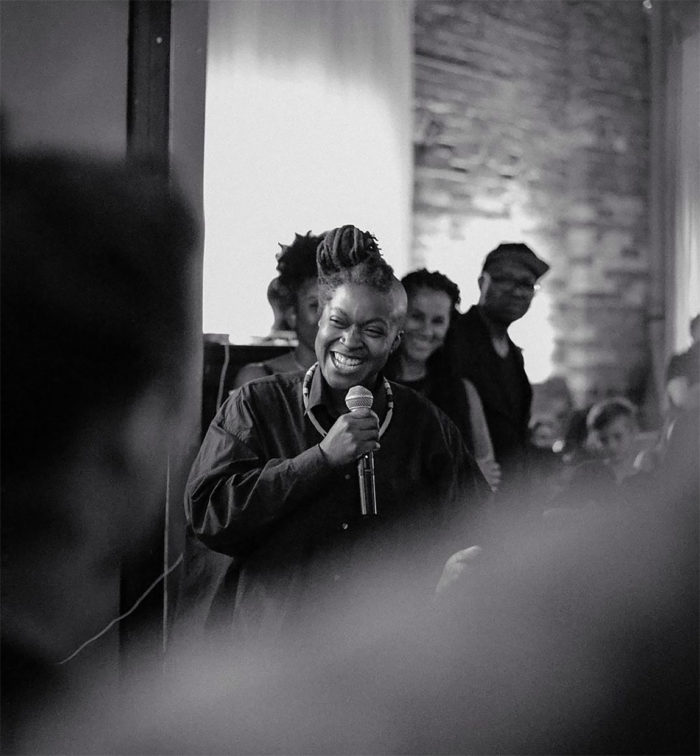
_________
I’ll be sharing my photo editing tips in a separate post, so stay tuned, friends.
Have any questions for me or want to share any lessons you’ve learned about photography? Let me know in the comments below!

Great read and beautiful photography. I might just start taking a camera along with me everywhere.
I’ve been following your Instagram and blog for a while now and have noticed the beautiful progression with your photos. I especially love how you can capture the beauty in each person whether they are smiling with their pearly whites shining or with their eyes.
I can’t wait for your post on editing! I took photography classes back in the day with an old SLR, so basic photography know-how is in my brain (I’m still working on consistently putting it into practice…), but digital editing of photos totally eludes me. I have experience with Photoshop, but Lightroom is super new to me.
Possibly weird question – Do you ever get asked to stop taking photos/get comments about taking photos in public? I bring my DSLR everywhere but 95% of the time I don’t get it out (even if I see something I really want to capture) because I worry that someone is going to ask me to stop, or make comments about it.
These are helpful tips! I’m a beginner and I suck haha … but I definitely feel you for the lighting. I don’t like to shoot when it’s super sunny outside!
Thanks for sharing Lauren
No worries Josie – thanks for reading! Honestly, photography is absolutely something that gets better with constant practice. And I’ve seen your photos, miss – you’re doing GREAT!
This was very helpful! Still trying to learn get the nack of my dslr. I have a fairly entry level Nikon, but it’s giving me great shots and it’s a great beginner camera.
Absolutely! The first DSLR I had was like, $500 and I used the kit lens. It was super basic, but it got me comfortable with using a DSLR…. even though I barely had any idea how to use it haha. Once you get the hang of ISO, aperture and shutter, you are GOLDEN.
Love this post! I always learn so much from you. xo
-KM
This is the best article ever. Every single bit of advice here is something I wanted to know and didn’t know how/who to ask or figured out along the way and it changed my life behind a camera. Thanks Lauren, I’m massively excited for your piece on post ♥️
Thanks so much for sharing these tips! I’ve been toying with the idea of upgrading my DSLR too so handy to know what you think of yours.
I’m still taking iPhone photos…but love reading photography posts and exploring future possibilities for my brand. Your photos are stunning – and truly, seem to bring your brand to life and to a whole other level. Thank you for the tips…and ongoing inspiration!
This post was golden lady! Thank you for sharing, so many great tips and resources! I’m such a newbie at my
DSLR but love having my camera around my neck all the time….the kids started a major eye roll whenever I pop the lens cap!
Even more excited for your editing post, seriously thought your insta feed and beautiful images was one of the first things that got me addicted to your stellar content not to mention your candid truth and attitude that always keeps me coming back for more!
Cheers!
Great post and beautiful photography.
Great post. Will definitely check back to read about editing. I personally loved the “nah bish..” Ha!
[…] writing my last post on 7 Ways To Take Better Photos, I immediately got an overwhelming amount of requests inquiring about my photo editing process as […]
This post was so helpful! I’m only starting to get the hang of using manual on my DSLR, and I’ll definitely give the continuous shutter a try. PS your photos are gorgeous!
Cheers, Jessica! So glad it offered a bit of insight. And yes, continuous shutter is AMAZING. It captures fractions of a second, so you’re more likely to get the perfect shot if you’re shooting a subject with movement.
I’m a beginner growing through the phases. Learnt to shoot in manual when I got my DSLR and I recently got a 50mm. Truly appreciate the part of you saying take your camera everywhere to events, walk around just go shoot. Perfect. ??Thank you!
Great read.